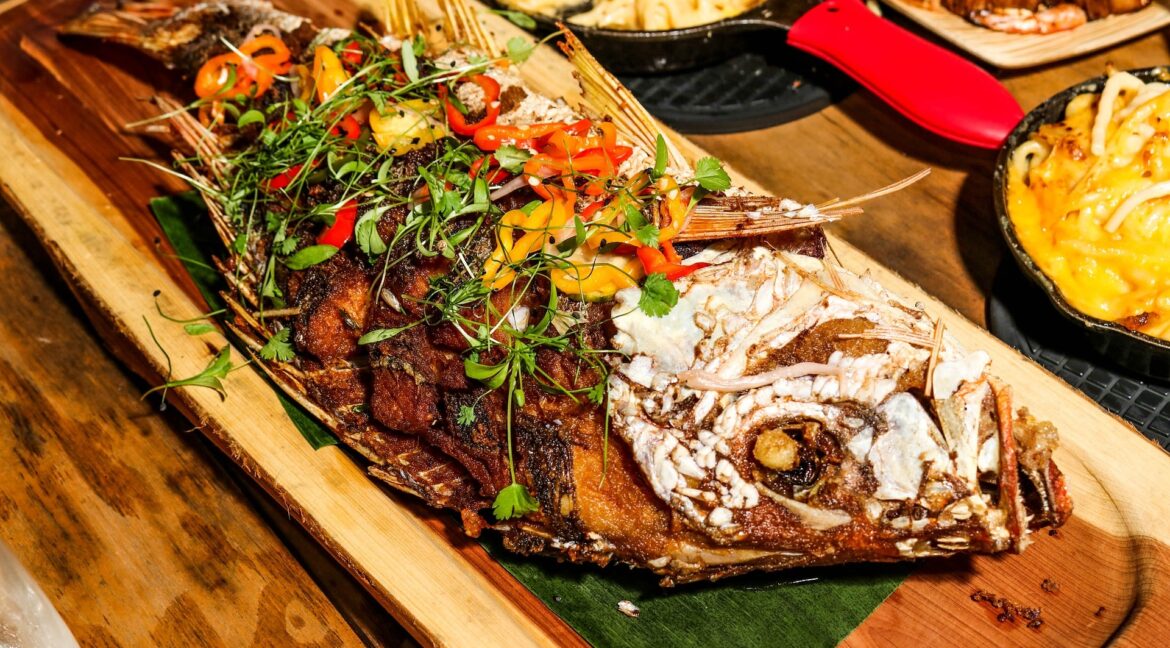Whether you prefer to buy your fish at the grocery store, the central market, a fishmonger, or right off the pier, shopping for Costa Rican fish species can be an adventure.
There’s the language barrier, to start with. Because, even when you’re fairly fluent in Spanish, you’re probably not completely fluent in fishy common names. Because here, grouper isn’t mero and corvina – well, it’s not really sea bass. So, to start, toss the dictionary and just take this guide with you to your favorite fish spot.
Know that for the purposes of this guide, we’re sticking with Costa Rican fish species: the ones that live in Costa Rica’s fresh and salt waters. Because, while our seas are vast, they don’t house every kind of fish. Costa Rica, too, imports some varieties. (Chilean salmon may be the most common import, at least at the grocery store.)
If you’re after the freshest catches and most sustainable, local eats, always seek out the sticker that says “producto de Costa Rica” – product of Costa Rica. And, if you’re lucky enough to have found a local fish market, monger, or angler, then ask. Let them know that you want only Costa Rican-caught fish, preferably from your general area. You may be surprised at how delicious it can be to eat local, when you’re a Costa Rican local!
And now, our guide to Costa Rican fish species, both freshwater and saltwater:
Freshwater Costa Rican Fish Species
With 500 miles of coastline, you would be forgiven if your thought of “fish” always turned toward the ocean. After all, the majority of what you see for sale hails from either Costa Rica’s Caribbean or, more often, the Pacific.
That said, Costa Rica also has a growing and important freshwater fish industry: Often housed in the mountainous highlands, these freshwater fish (and prawns, see below!) make up an important part of the local diet – and have a strong place in Costa Rican hearts. And, who knows? They may also find their place on your table!
Rainbow Trout
Costa Rican Spanish: Trucha (true-cha)
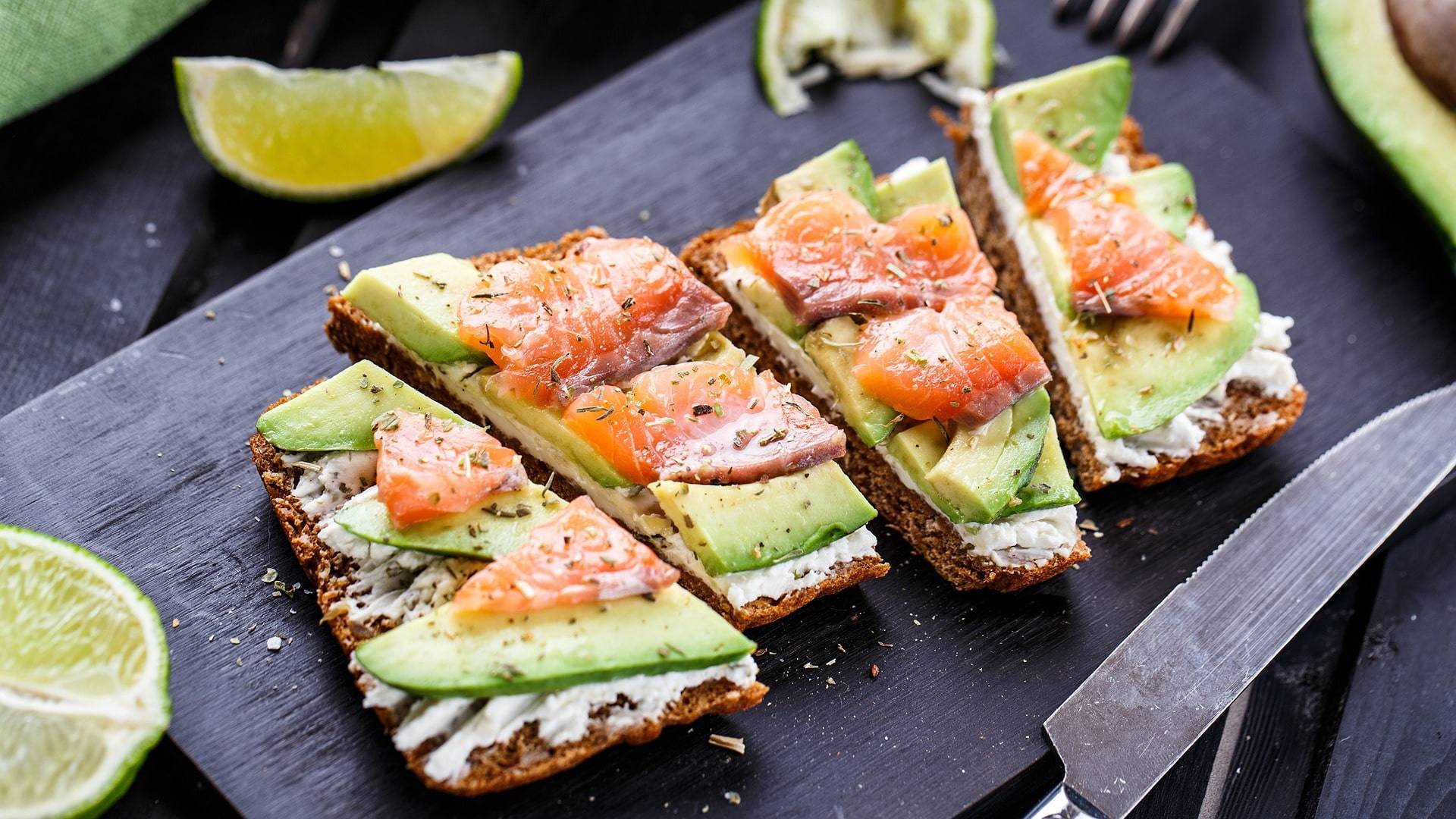
One of the hidden gems of the Costa Rican fishmonger, rainbow trout (Oreochromis aureus) is a salmonid fish: salmon-like, in color, taste, and mouthfeel! It’s typically priced similarly to ocean fish – around ¢8,000-¢12,000 per kilo ($6-$8 per pound).
Tip: Stay on the lookout for smoked trout, or trucha ahumada, an excellent topping for your bagel-with-cream-cheese, avocado toast, or omelet!
Tilapia
Costa Rican Spanish: Tilapia (tee-la-pee-ah)
“Tilapia” is a catch-all term for many white-fleshed, freshwater fish. In Costa Rica, you’ll most often find blue tilapia(Oreochromis aureus), Mozambique tilapia (Oreochromis mossambicus), and blackchin tilapia (Sarotherodon melanotheron) – although most grocery stores won’t be able to tell you which they’re selling!
Tilapia’s white, flaky flesh lends itself to many recipes, including baked fish and fish tacos. It’s not a very meaty fish, though, so choose your preparation wisely. Tilapia is usually the best-priced fish (per kilo) at any supermarket or fishmonger.
Tip: Seek out Costa Rican (vs. imported) tilapia, which is typically very high quality. It’ll be labeled as a producto local (local product) or as a producto de Costa Rica (product of Costa Rica).
Freshwater Prawns
Costa Rican Spanish: Langostino (lan-go-steen-oh)
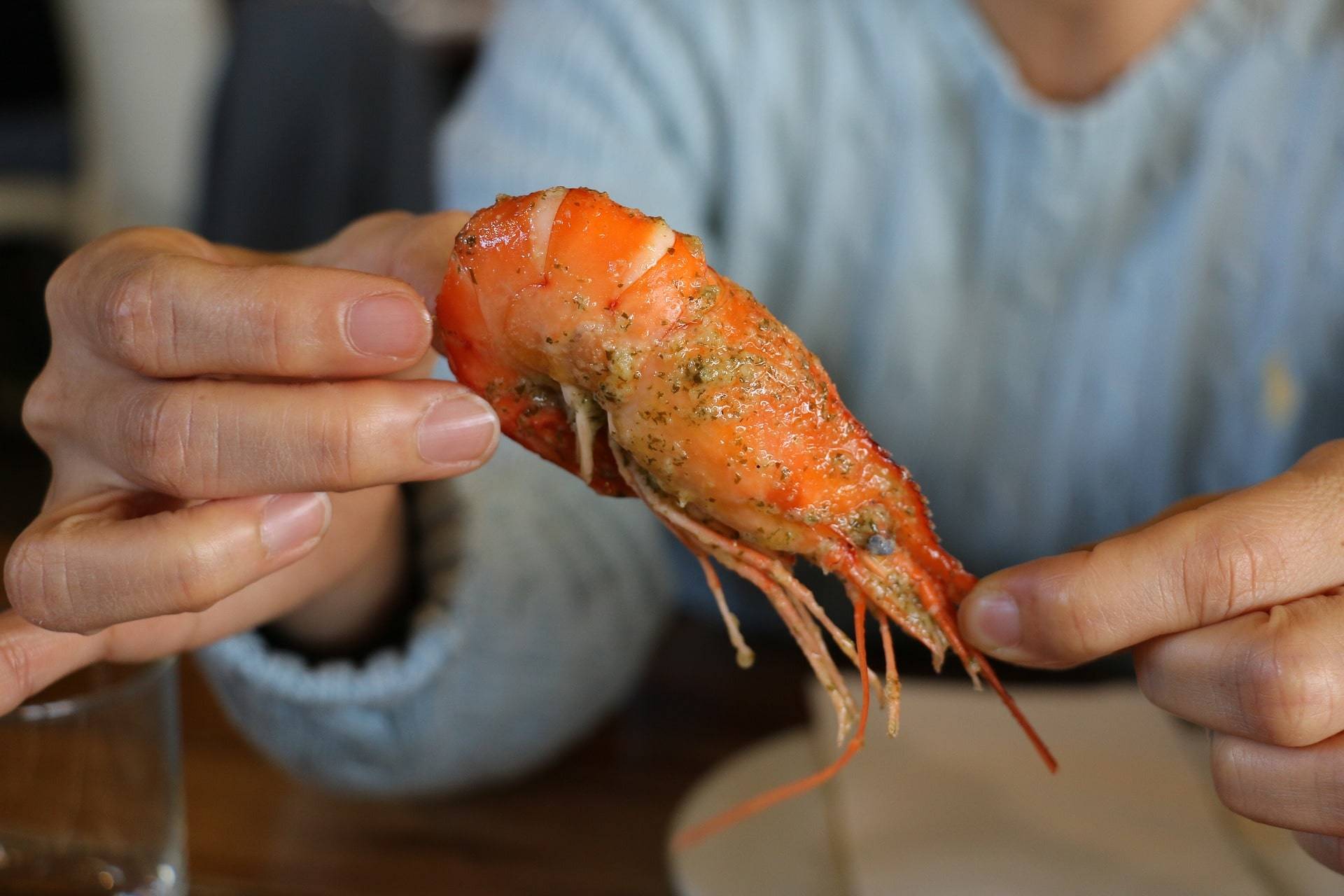
We know – not fish! And while there’s a whole wide world of seafood outside of fish (a post for another day?), we don’t typically think about freshwater delicacies beyond fish. But here in Costa Rica, there’s a thriving prawn industry, based around three endemic species: Macrobrachium panamense, Macrobrachium americanum and Macrobrachium tenellum.
So, if Caribbean lobster doesn’t quite staunch your craving, give Costa Rica’s freshwater prawns a go. Part shrimp, part lobster, and all their own, these giant (giant being a relative term…) river crustaceans can be prepared however you love their saltwater counterparts. Us? We think we’re partial to a simple steam and then a dip in melted butter…
Saltwater Costa Rican Fish Species
The vast majority of the fish you’ll find at the grocery store and fishmonger – the beach and pier are givens! – hail from the sea. More specifically, from the Pacific: Most of what you’ll find on offer, especially in Guanacaste, hails from right here.
That makes it not only sustainable but also incredibly fresh. Often, what you buy (especially at the pier or a local fishmonger) was caught just hours ago. So, don’t be surprised if familiar fish taste a little different here; sampling a three-hour-old catch is a new experience, when you’re used to buying fish that has been frozen, packed, and shipped thousands of miles before sitting on a freezer shelf for weeks.
Bottom line: Costa Rica’s fish specials offer a world of flavors to explore. We hope you’ll enjoy every one!
Conger or Kingklip
Costa Rican Spanish: Congrio (cone-gree-oh)
One of our surprise favorites at the Costa Rican fish market, congrio is not the prettiest of fish – but it’s definitely one of the tastiest!
Thick and meaty – catch a good fillet, and you’re looking at a slick of conger easily an inch (2.5 cms) thick! – this is an excellent fish for grilling, baking, and frying. (Like snook, congrio is another favorite for Costa Rican fish and chips.)
Corvina (Often Mislabeled as Sea Bass)
Costa Rican Spanish: Corvina (core-vee-na)
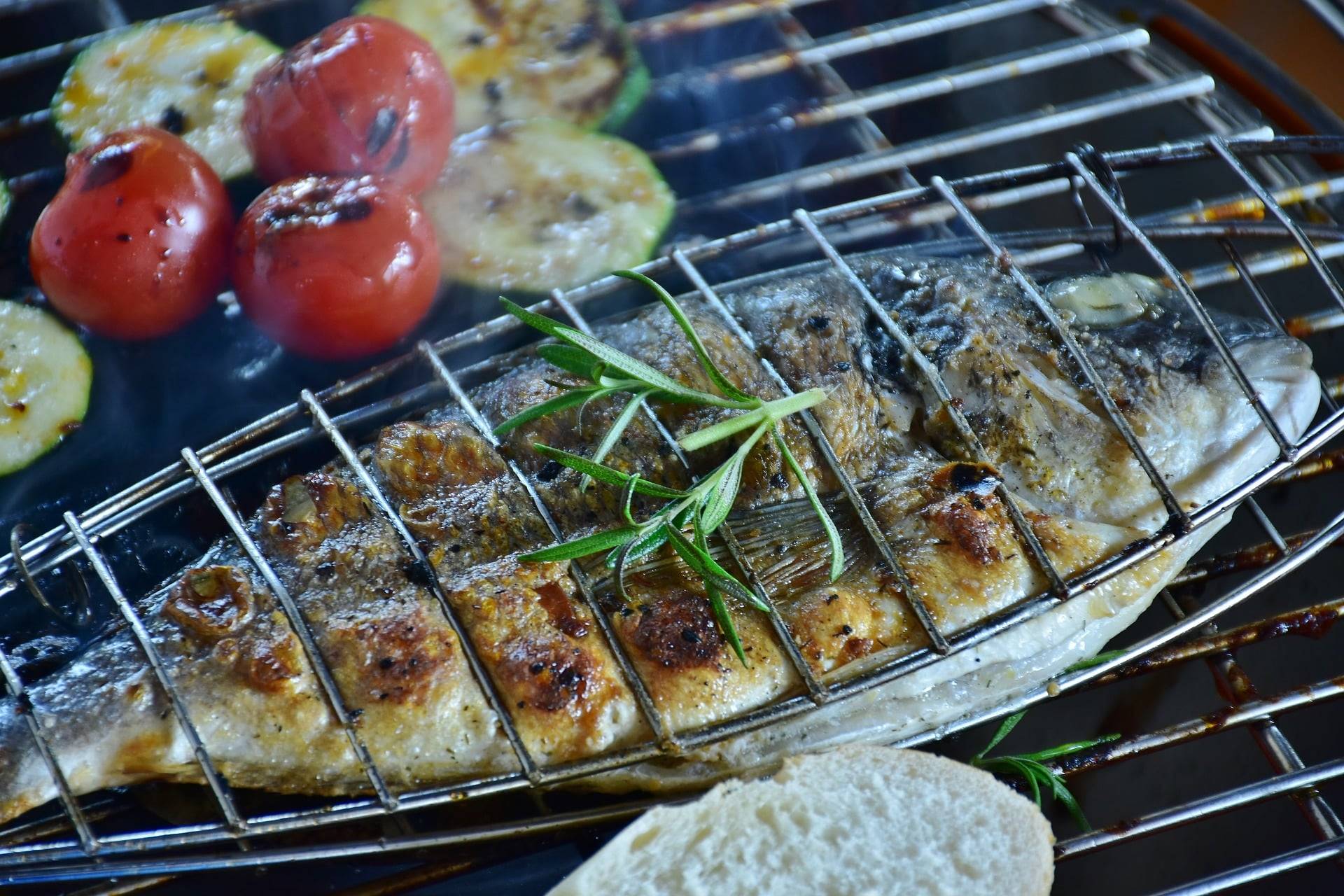
Though often translated as “sea bass” (its own complicated group of visually similar, often wildly different fish species), corvina refers to a group of fish also known as corvina in English. These boney but meaty fish are of the Sciaenidae family are found in tropical waters, and are beloved for their white and hearty flesh.
You’ve probably already had corvina. Many times! In Costa Rica, it’s one of the most popular choices for preparing ceviche – a raw preparation that pairs chopped corvina with onions, peppers, and cilantro, to be “cooked” for several hours in acidic lemon juice – and for an array of baked recipes. At home, try it on the grill or boiler, or give it a good sear in a pan. Corvina also makes an excellent fish taco!
Grouper
Costa Rican Spanish: Cabrilla (cab-ree-ya)
Grouper groupies, you can find grouper in Costa Rica! While its Spanish common name can be confusing – most countries call it mero – Costa Rica’s cabrilla (sometimes also called sea bass in English; see above, corvina) delivers the flavor you crave.
You may not know that there are dozens of grouper species fished in the world, which means that the ones you’ve sampled before may be slightly different from cabrilla. Slightly firmer than American black grouper, this rich fish offers a sweet flavor and moist, white flesh, ideal for almost any preparation. Due to its rich flavor and hearty texture, this is one fish that will hold up to heavier sauces and flavors.
Mackerel
Costa Rican Spanish: Macarela (ma-ka-rel-ah)
A budget-friendly fish with rich flavor, mackerel is a great choice for big flavor and heart-healthy omega-3 consumption. Known for its full flavor and rich flesh – it’s almost tuna-like – mackerel is a great choice for your boldest fish recipes.
Tip: Give it a try! Notably, there are more than two-dozen fish species commercially marketed as “mackerel,” so, while you may have had it before, you may not have had Costa Rican mackerel before!
Mahi Mahi
Costa Rican Spanish: Dorado (door-ah-doe)
Mahi mahi, also known as dorado (even in English), is a firm, white fish that loves warm, tropical waters. And that makes it one of the most prevalent fish in Costa Rican oceans, and one of the easiest selections to find at the market or grocery store.
Because of its excellent flavor and flaky texture, mahi mahi is a great choice for simple preparations: pan-sear it, grill it, or even bake it, but don’t go too heavy on the flavors. Let your fish do the work because when it’s dorado, it will!
Red Snapper
Costa Rican Spanish: Pargo rojo (par-go ro-ho)
Another Costa Rican favorite, red snapper can be found on almost every restaurant menu, almost year-round. It’s often the catch of the day, even, due to its prevalence (and popularity).
While its distinctive red hue gives red snapper its name, its firm texture and almost sweet, nutty flavor are why it’s such a popular choice on local tables. While you can prepare it almost any way you like it, here in Costa Rica, red snapper is particularly popular stuffed with other seafood varieties or fried whole. Yes, whole. If you haven’t tried it yet, put it on your bucket list!
Snook
Costa Rican Spanish: Róbalo (row-ba-low)
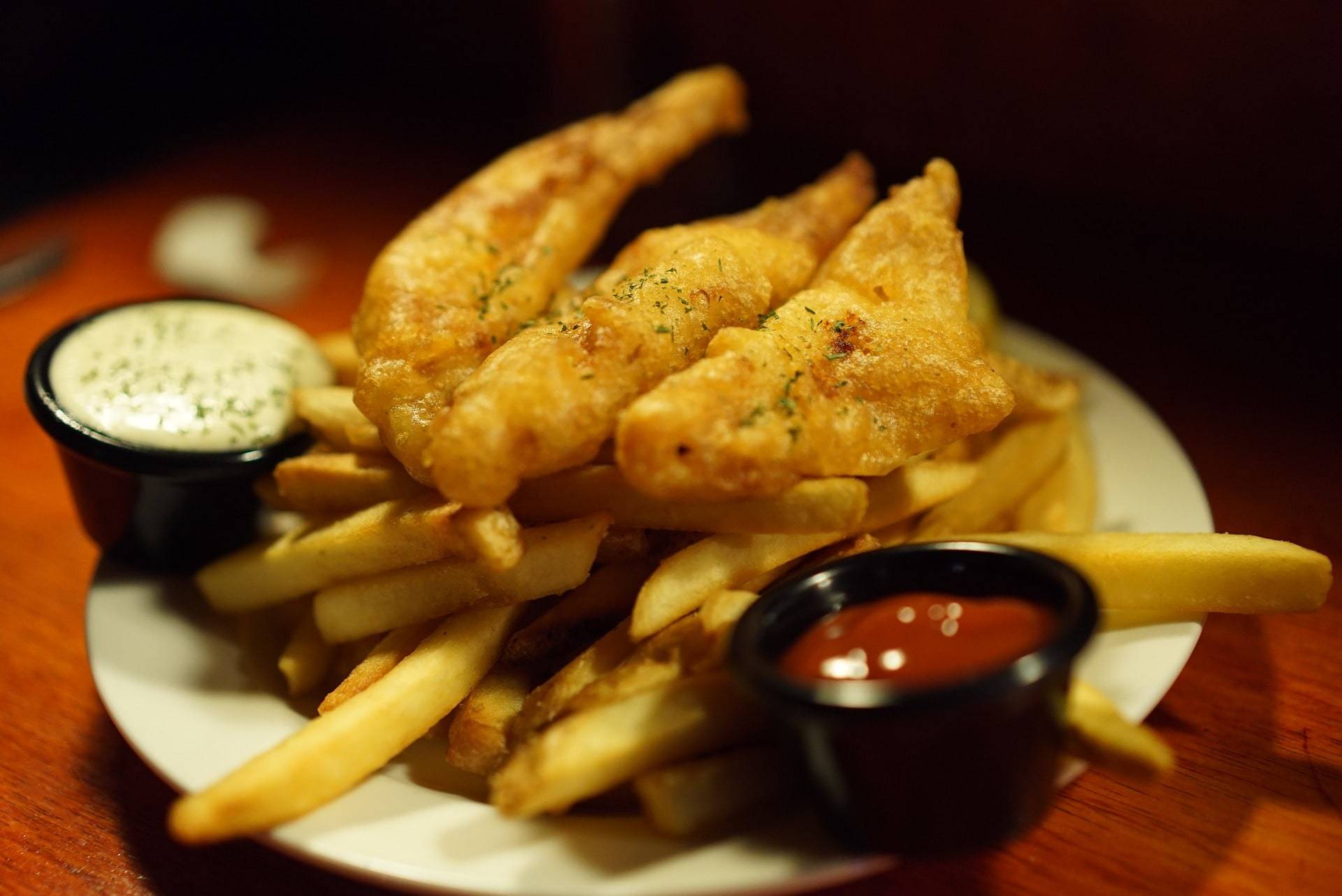
Snook may be one of those selections you have to look for – or be lucky to happen upon. While it’s not available at every market or year-round, it’s a delicacy that every fish-aficionado should try!
A snook’s natural diet creates a deep, rich flavor in its white flesh, which is heavier than trout but lighter than swordfish. The result is a fairly “meaty” fish that lends itself perfectly to grilling, baking, or even frying. (It can be a great cod or haddock replacement for your fish and chips!)
Swordfish (or Broadbill)
Costa Rican Spanish: Espada (es-pa-da)
One of the “meatiest” fish species out there, swordfish or broadbill is usually sold in steaks. These steaks are ideal for grilling, broiling, and skewering, as well as for preparing in other ways that softer, flakier fish varieties can’t stand up to.
Tip: If you’ve never prepared swordfish before, follow recipe directions! Though it’s a robust fish, broadbill can easily overcook and ruin a meal. The “easy” way to tell if it’s ready? As soon as the flesh turns opaque, take it off the heat!
Yellowfin Tuna
Costa Rican Spanish: Atún (ah-toon)

Yellowfin tuna is one of the most popular fish at Costa Rican fish markets, in part because it’s in season throughout much of the year. You’ll often find steaks and other cuts, as well as sushi-grade tuna available at upscale grocery stores (ex. Automercado) and fishmongers.
Yellowfin tuna is especially popular at Tamarindo restaurants, where you’ll find it offered in poke bowls, sushi and even ceviche raw preparations, and baked or grilled recipes. Do yourself a favor and either order from a great restaurant or try your hand at home; the tuna here is excellent!
Want to Call these Costa Rican Fish Species “Local” to Your Table? (aka Planning to Move to Costa Rica?)
Moving to and living in Costa Rica is an everyday adventure. And it’s one that you never really get tired of. Because there’s always something new to see, a new word to learn, and a new fruit or dish or fish to try. It’s a learning experience and a chance for exploration, every day you choose to tackle the adventure.
But before you get from here to there, there’s some research to do. Some life changes to happen. Some leaps to make.
We’d love to help, every step of the way.
At Blue Water Properties of Costa Rica, we’re committed to you. Not to selling you a property or spamming you with all the options, but to helping – genuinely and with good intent – to match you to the perfect property for your needs and wants. We thrive on relationships and promise the fastest communication and best services in the industry.
At Blue Water Properties of Costa Rica, we’re proud to offer some of the best Costa Rica real estate. We have both condos and homes, land and businesses for sale. Go ahead – try us. Give us a chance to show off our expertise – and wow you with the possibilities! We look forward to it.
